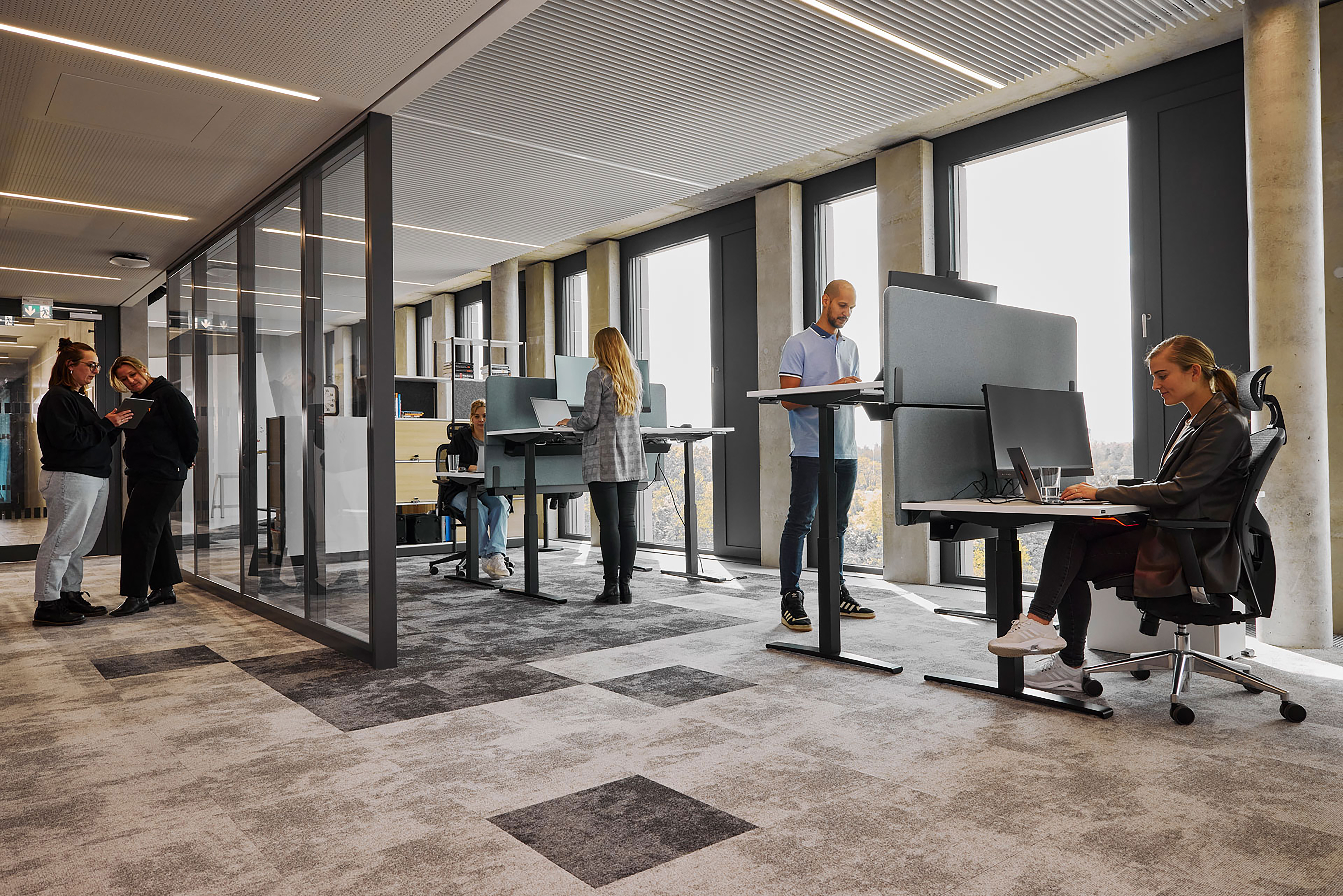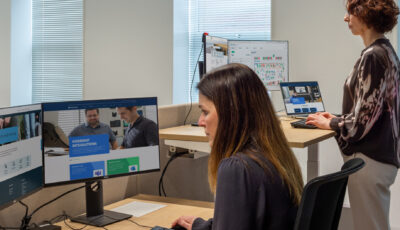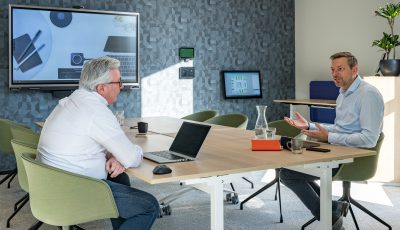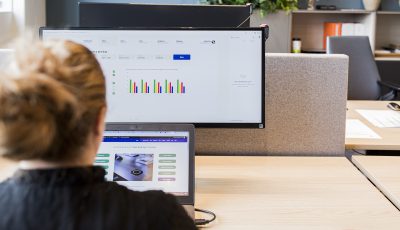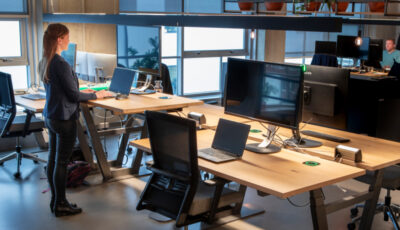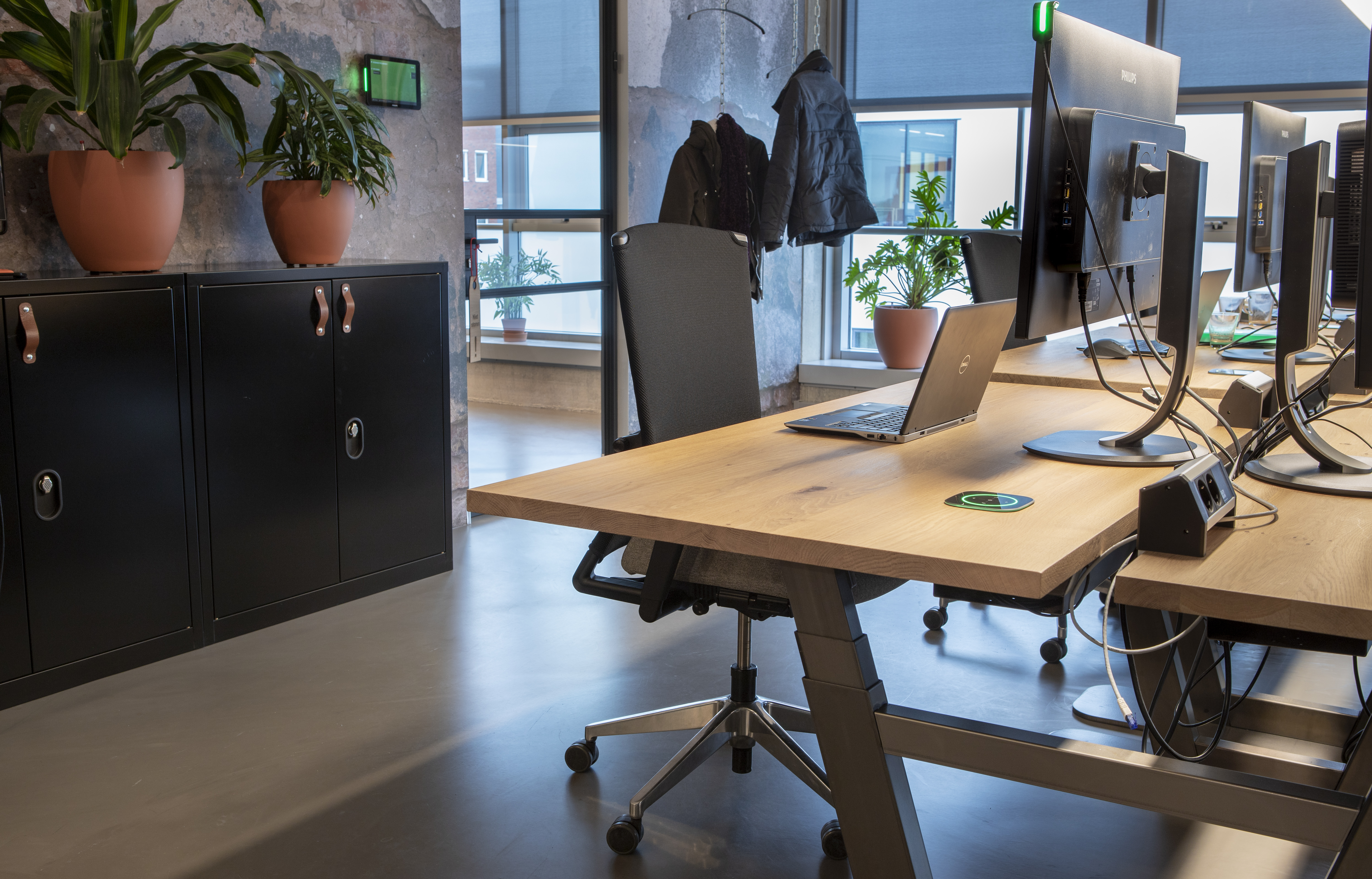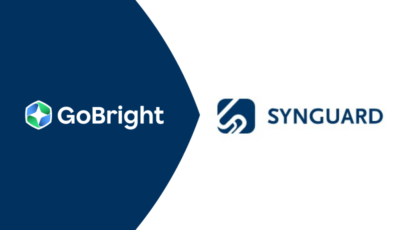As people are constantly changing and evolving, adaptability is no longer optional but essential. Traditional setups are giving way to agile workspaces, responding to technological advancements and shifting work dynamics. These spaces offer flexibility in work hours and environments, empowering individuals to work when, where, and how they are most productive. Dive into this article’s driving forces behind this evolution, emphasising the need for adaptability in the face of technological progress and diverse work styles. Join us in exploring the transformative power of agile workspaces, where innovation meets collaboration, and flexibility is key to people’s success in today’s fast-paced professional world.
What is an Agile Workspace
Agile working is a flexible and adaptive approach to work that emphasises collaboration, quick responses to change, and individual empowerment. It allows employees and teams to efficiently navigate evolving tasks and environments, fostering innovation and productivity.
Key Elements of an Agile Workspace
Hybrid and remote working are extremely helped by the implementation of an agile workspace. When people know that they can immediately find whatever they need can make them feel more comfortable when working in the office. Many employees prefer to have several advantages when going to the office, which makes working from the office easier.
For example, it is important for employees to have the option to have quiet zones when working on site. This makes it easier for many individuals to be focused and perform better than working remote. At the same time, it is essential to have breakout areas where employees can interact with each other and be fully involved in the context in which they work. Therefore, achieving the right balance for employees between quiet areas and spaces for socialising is crucial.
GoBright offers solutions that help create an agile workspace. For instance, Desk Booking, Room Booking, Parking Booking, and Locker Booking are important for agile working because with those you have the ability to create your working day. Also, you have the possibility to determine when you are coming to the office, which type of (quiet) space you need and book it. Another solution that we offer is the Week Planner via which you can indicate your whereabouts for the whole week. Which serves to know who you will be working with and when.
To make it even easier we can help you by offering Integrations with Microsoft Teams and Outlook. Through this, you do not need to switch between systems, making your experience even more user-friendly, and giving the people the autonomy to work as they like.
Essentially, when employees find themselves in an agile workspace, they tend to be more inclined to work from the office and find a good balance with hybrid working. Having these solutions gives you the flexibility to create your own working experience and make it unique.
Benefits of Agile Workspaces and Agile Working
Agile workspaces make employees’ satisfaction higher and easier to achieve. Why is this the case? Well, employees can utilise the workplace efficiently according to their needs, boosting motivation and creativity. When employees notice effective space utilisation, they experience greater satisfaction with their surroundings, making them more inclined to actively engage with it. Transforming your workplace into an agile environment creates a setting marked by continuous improvement and high dynamism, where flexibility and employee empowerment are pivotal factors contributing to the well-being of employees.
In addition, agile working improves employee retention, creates a better space efficiency, increases productivity, and provides higher employee satisfaction. All of these factors are the result of the autonomy that people have while they are working.
Tips for Designing Agile Workspaces
Do you struggle to understand how to implement an agile workplace? Here are some relevant tips:
1. Investing in the right technology
To make your office an agile workplace for everyone, you need to rely on technological products and smart solutions.
2. Setting clear goals
It is important to set specific goals because each employee is unique, and the main focus should be the employees. What do my employees need? How can I improve the quality of work within the office? What does collaboration mean for me? As an employer, you need to ask yourself these questions before making changes and investing into a better office.
3. Promoting collaboration
Implementing an agile workplace is in the best interest of everyone working both within the office and remotely. It is about collaborating better and improving communication.
4. Be people centered
The more focus is on the people, the easier it becomes to understand the actual needs of those working within the office and how to improve their working life.
By following these suggestions, your office will become not only more agile, but also extremely flexible and in line with everyone’s needs.
Agile Workspaces and Productivity
Productivity and collaboration highly depend on people’s satisfaction in what they are doing. The environment in which employees work, has a great impact on the results achieved, especially considering that each person is different and has different needs. That’s why providing an agile workspace can increase the chance to find yourself in a comfortable space, in which employees’ needs are taken into consideration and are top priority.
This means that providing your employees with the possibility to have a quiet room, a kitchen, or a space in which they are allowed to have a nice chat with the rest of their colleagues can improve their proficiency related to work and make them happier in their workplace. All these factors are extremely important to make people feel comfortable into what their are doing in their daily tasks, and requires a reform in the way the office is built.
Even those that have experience in the field like Wesley Bosma, Managing Director at OCS+, believe that there is the need for a big change from a traditional office to a smart one. So that people can become more productive, benefit from flexibility, and be encouraged to work more often from the office instead of remotely.
In our Vodcast, the ROI of a Smart Workplace, Wesley explains the importance of data and how they help to justify certain actions and procedures taken to implement an agile workspace. In specific, it helps understand where to make investments and if it is worth to make it at all.
People are encouraged to give their best, precisely because the employer does its best to invest in an environment that takes everyone’s needs into account and that is flexible and easily adaptable to the requirements of others.
Agile v.s. Flexible Working
Flexible working is a way of working that prioritises the employees’ needs. It is not just about being able to decide when you work, but also where you work and for how long. The key factor in flexible working is that it represents a step forward in terms of employee autonomy.
In essence, a flexible office space is a workplace where employees are allowed to work flexibly and choose where they want to work.
On the other hand, when it comes to an agile workplace, we are dealing with a type of work environment designed around complete flexibility. It encourages people to move freely around the office, making use of whatever space suits their goals in the moment.




